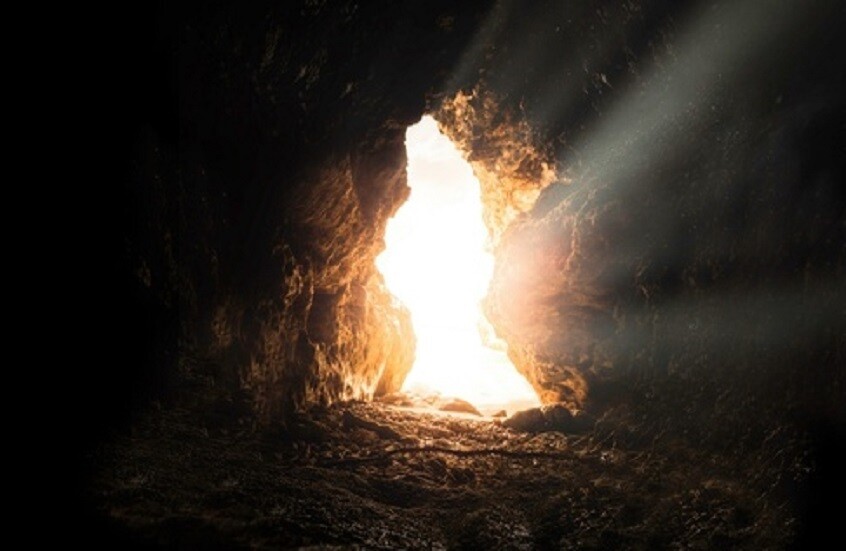China Unveils Discovery of Ancient Tomb on Hainan Island, Dating Back Over 13,000 Years
November 11, 2025204 ViewsRead Time: 2 minutes

Font Size
16
Chinese archaeologists have revealed the discovery of the oldest known archaeological burial site on Hainan Island, located in southern China. This site dates back between 12,000 and 13,000 years, making it the earliest of its kind in the island's recorded history.
According to the Chinese Xinhua News Agency, the tomb was uncovered within the "Lubi" cave in the Jiangang area of Sanya city. This excavation was part of a collaborative effort involving the Hainan Cultural Heritage Institute, the Archaeology School of Peking University, and the Sanya Museum.
Researchers noted that the tomb contained the remains of a child, who was interred on their side with a distinctive bend in their fingers. Additionally, shell ornaments were discovered positioned near the head and waist of the remains, recognized as the oldest such artifacts found on the island to date.
Experts suggest that this significant discovery offers new insights into prehistoric culture in Hainan and enhances understanding of ancient burial practices and the social dynamics of early populations in southern China.
Lubi Cave: A Window into Prehistoric Life
It is important to note that Lubi Cave was initially discovered in 1983, where previous excavations uncovered human fossils, stone and bone tools, and animal remains, representing some of the earliest evidence of human activity in southern China.
This finding follows a series of archaeological excavations across China, where over 300 ancient tombs and a cultural center dating back more than 5,000 years have been identified, underscoring the rich historical legacy of ancient Chinese civilizations.
